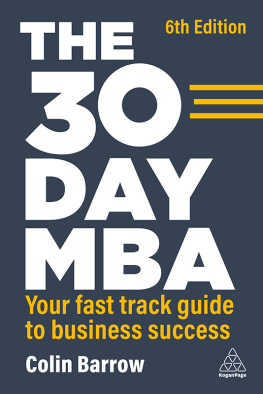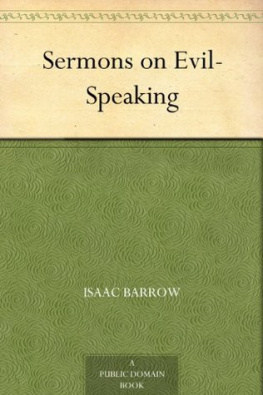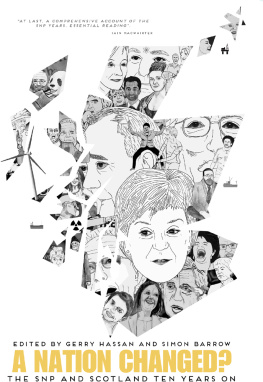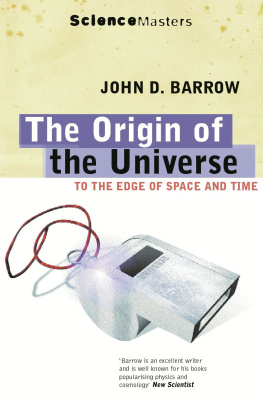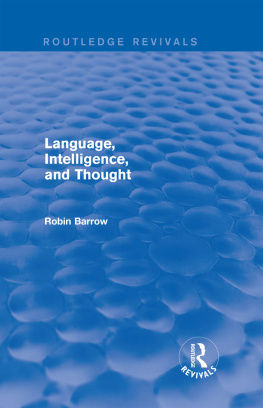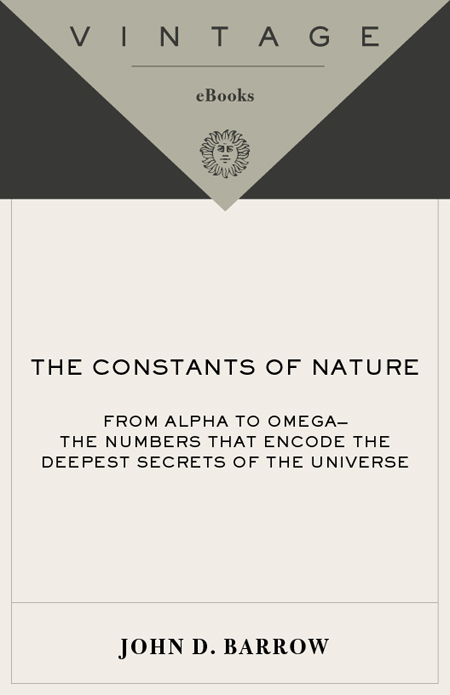ALSO BY JOHN D. BARROW
Preface
Some things never change. And this is a book about those things. Long ago, the happenings that made it into histories were the irregularities of experience: the unexpected, the catastrophic, and the ominous. Gradually, scientists came to appreciate the mystery of the regularity and predictability of the world. Despite the concatenation of chaotically unpredictable movements of atoms and molecules, our experience is of a world that possesses a deep-laid consistency and continuity. Our search for the source of that consistency looked first to the laws' of Nature that govern how things change. But gradually we have identified a collection of mysterious numbers which lie at the root of the consistency of experience. These are the constants of Nature. They give the Universe its distinctive character and distinguish it from others we might imagine. They capture at once our greatest knowledge and our greatest ignorance about the Universe. For, while we measure them to ever greater precision, fashion our fundamental standards of mass and time around their invariance, we cannot explain their values. We have never explained the numerical value of any of the constants of Nature. We have discovered new ones, linked old ones, and understood their crucial role in making things the way they are, but the reason for their values remain a deeply hidden secret. To search it out we will need to unpick the most fundamental theory of the laws of Nature, to discover if the constants that define them are fixed and framed by some overarching logical consistency or whether chance still has a role to play.
Our first glimpses reveal a very peculiar situation. While some constants seem as if they will be fixed, others have the scope to be other than they are, and some seem completely untouched by everything else about the Universe. Do their values fall out at random? Could they really be different? How different could they be if life is to be possible in the Universe?
Back in 1981, my first book, The Anthropic Cosmological Principle, explored all the then-known ways in which life in the universe was sensitive to the values of the constants of Nature. Universes with slightly altered constants would be still-born, devoid of the potential to evolve and sustain the sort of organised complexity that we call life. Since that time, cosmologists have found more and more ways in which the Universe could exhibit variations in its defining constants; more and more ways in which life could have failed to emerge in the Universe. They have also begun to take seriously the possibility and actuality of other universes in which the constants of Nature do take different values. Inevitably, we find ourselves in a world where things fell out right. But what was the chance of that happening? Here we shall look at many of these possibilities, connecting them to the curious history of our attempts to understand the values of our constants of Nature.
Recently, one big story about the constants of Nature has produced a focus for media attention and detailed scientific research. It raises the most basic question of all: are the constants of Nature really constant after all? A new method of scrutinizing the constants of Nature over the last 11 billion years of the Universe's history has been devised by a group of us. By looking at the atomic patterns barcoded into the light that reaches us from distant quasars we can look and see what atoms were like when the light began its journey billions of years ago. So, were the constants of Nature always the same? The answer, unexpected and shocking, raises new possibilities for the Universe and the laws that govern it. This book will tell you about them.
I would like to thank Bernard Carr, Rob Crittenden, Paul Davies, Michael Drinkwater, Chris Churchill, Freeman Dyson, Vladimir Dzuba, Victor Flambaum, Yasunori Fujii, Gary Gibbons, J. Richard Gott, Jrg Hensgen, Janna Levin, Joo Magueijo, Carlos Martins, David Mota, Michael Murphy, Jason Prochaska, Martin Rees, Hvard Sandvik, Wallace Sargent, Ilya Shlyakhter, Will Sulkin, Max Tegmark, Virginia Trimble, Neil Turok, John Webb, and Art Wolfe for discussions and contributions of ideas, results, and images.


